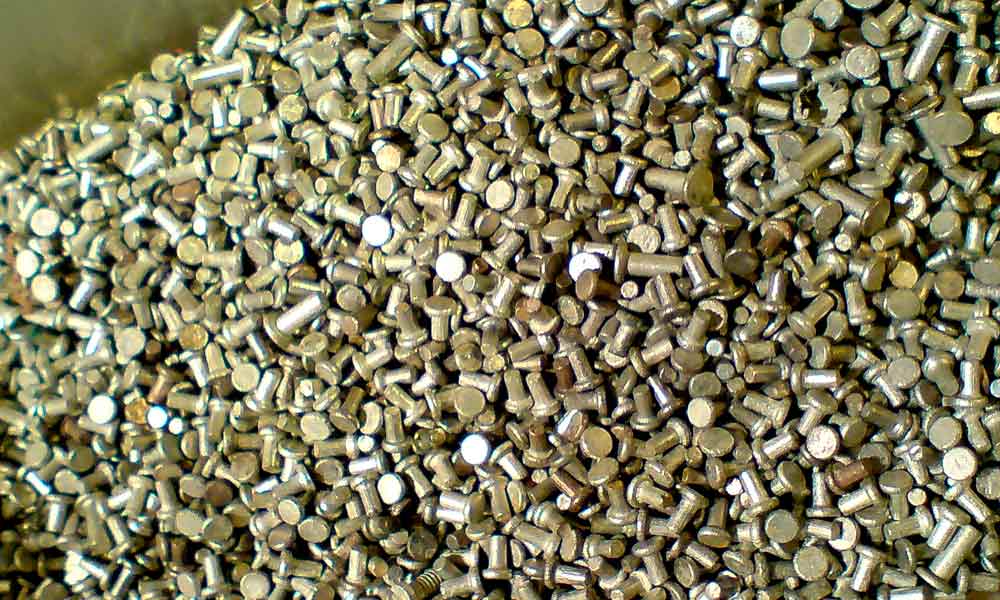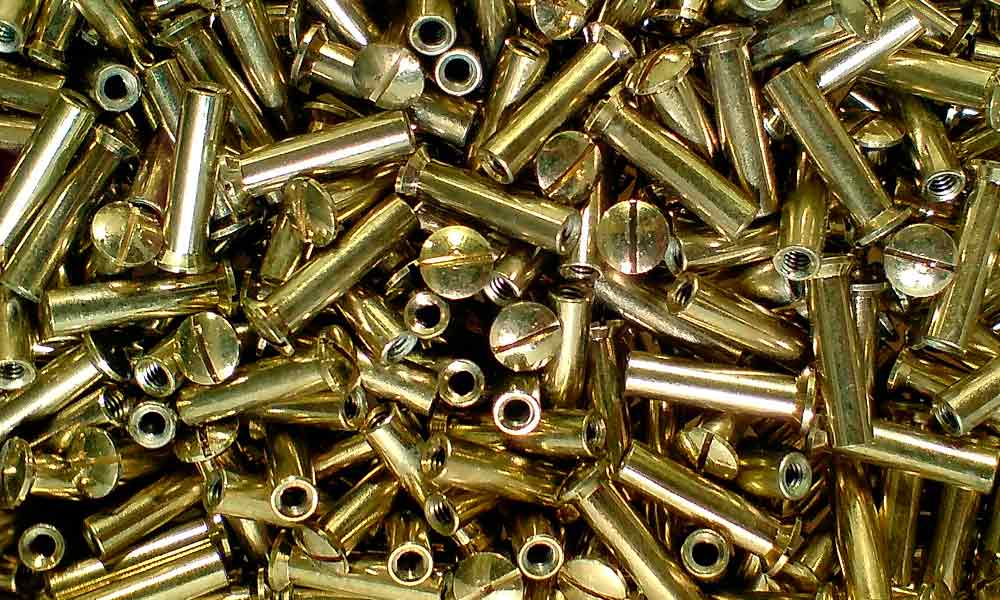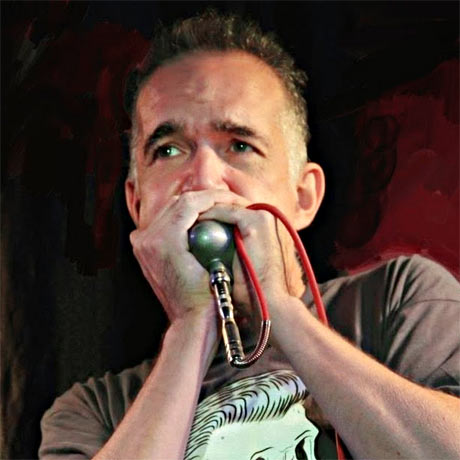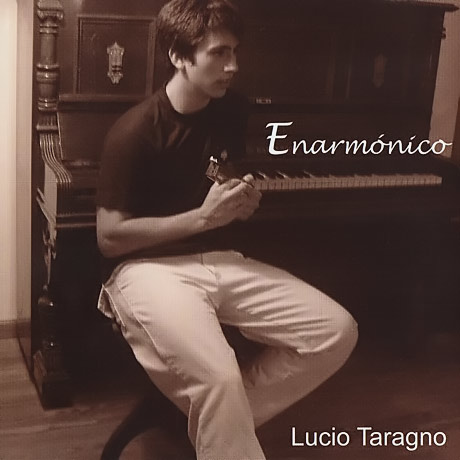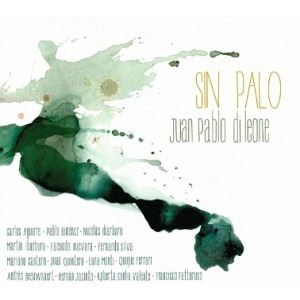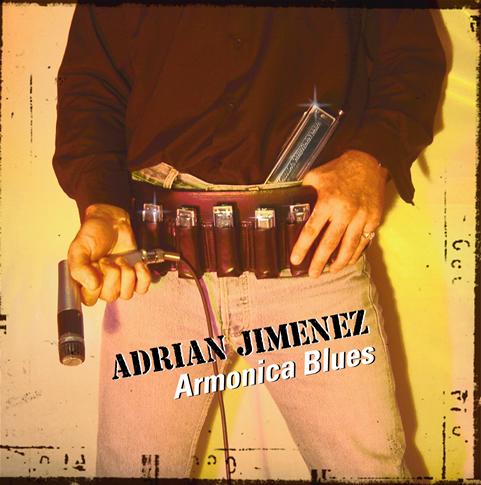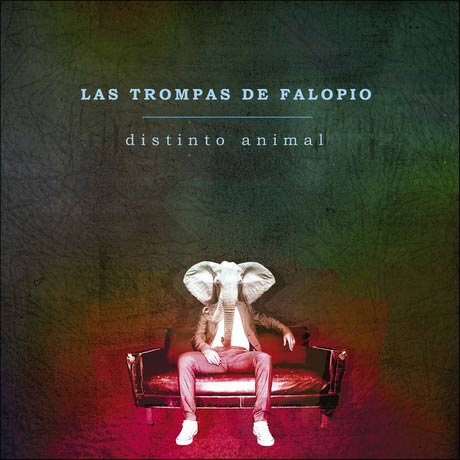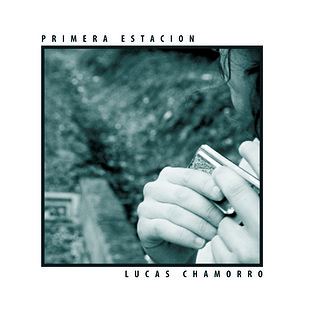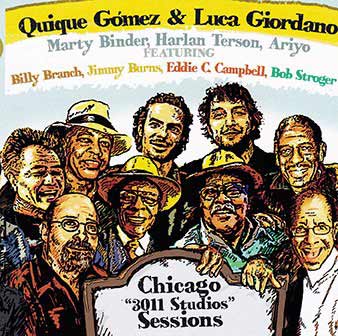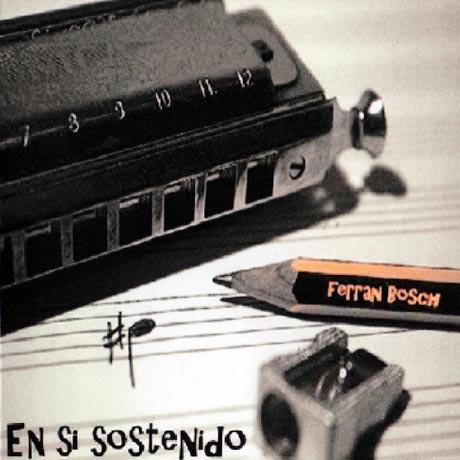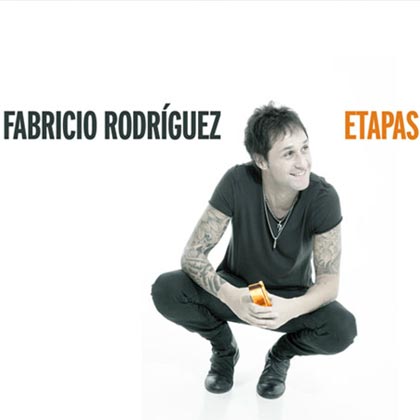Luthier

Its functioning, mechanics and behavior in general will depend on the care given to the instrument, which is essential for any musical instrument.
The harmonica is easy to deal with and practical. Chromatic harmonicas are sensitive instruments of constant maintenance; we could even say that these are one of the most sensitive instruments.
The reeds, as an active and fundamental element, which are directly related to the durability and response of the instrument, are usually demanded in a way that exceeds its mechanical conditions (especially diatonic harmonicas). However, over the years, the quality of reed instruments has been improved.
The work of Luthiers in this instrument is relatively new. I would say that this is new in the world and I have not heard of family traditions as in other instruments, where we do have generations of them. Therefore, there is a space for creativity and the ideas that may lead to better quality materials so that a good instrument of Luthier can be created. Undoubtedly, this is an adventure that comprises a very particular passion which can only be generated by art, a place that is open to creation and freedom.












